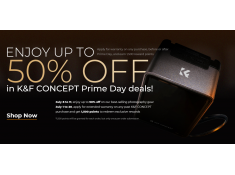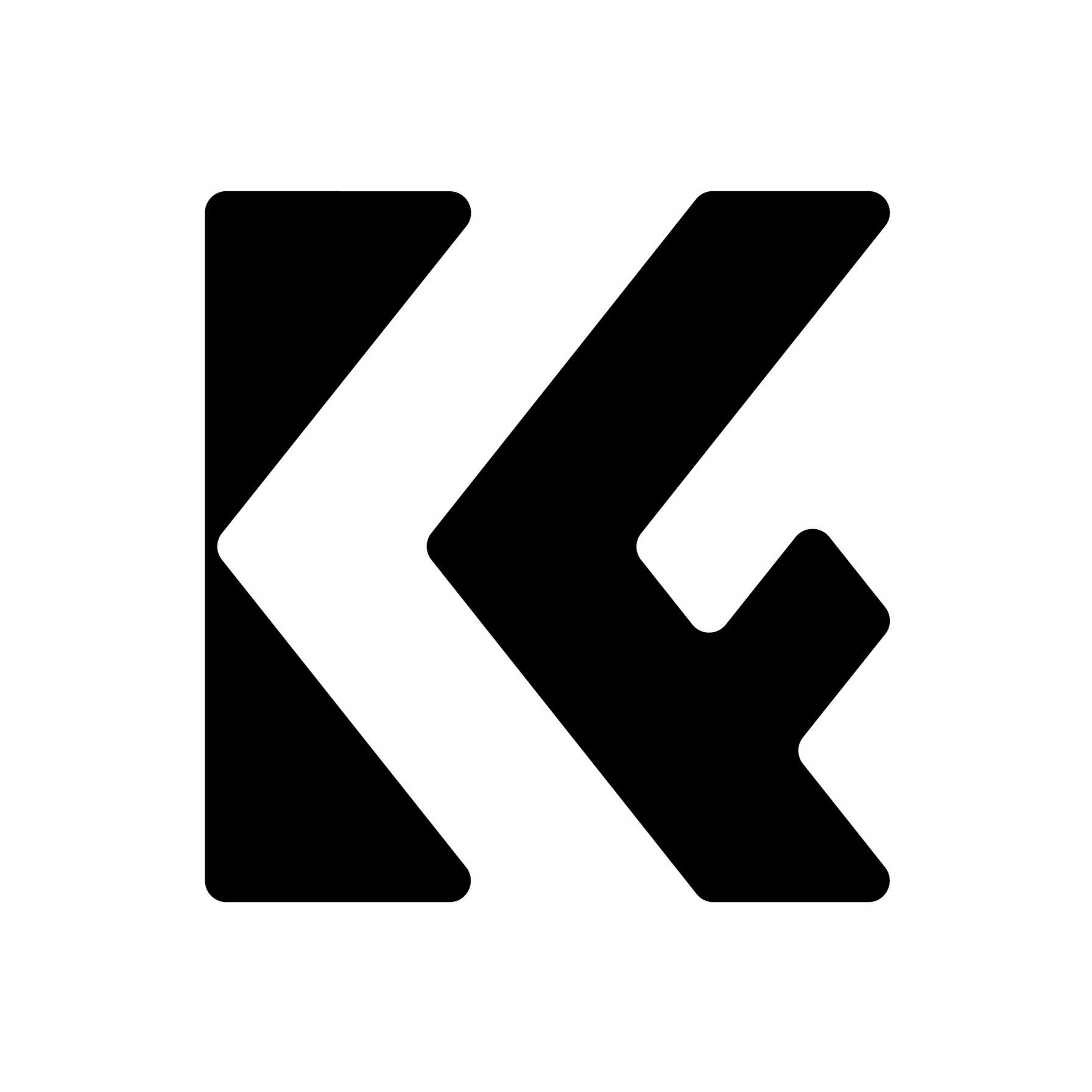How Does Shutter Speed Work? How Does Shutter Speed Affect Your Photos?
Thursday 26 September 2024
 1.6k
1.6k
 Reproduction without the author's authorization is prohibited
Reproduction without the author's authorization is prohibited
Shutter speed is a fundamental aspect of photography that directly impacts how light interacts with the camera sensor. It refers to the amount of time the camera's shutter remains open, allowing light to reach the sensor. This duration can vary, with fast shutter speeds capturing fleeting moments and slow speeds allowing more light, which can create effects like motion blur. Understanding shutter speed is crucial for achieving the desired exposure and artistic effect in your images.
The relationship between shutter speed and photography extends beyond mere exposure. Faster speeds freeze motion, making them ideal for sports or wildlife photography, while slower speeds can evoke a sense of movement, perfect for landscapes or creative shots. Thus, the choice of shutter speed plays a pivotal role in determining the overall mood and impact of a photograph.
What is a Shutter?
A shutter is a crucial component in a camera that controls the duration of light exposure to the sensor or film. Its primary function is to open and close at specific intervals, allowing light to pass through when the photographer captures an image. There are two main types of shutters: mechanical and electronic, each with unique characteristics and applications in photography.
Mechanical Shutter
Mechanical shutters are traditionally used in cameras, where two curtains move across the sensor to control exposure time. This system is highly effective for a variety of shooting conditions, enabling photographers to work with a range of shutter speeds. Mechanical shutters can handle high-speed photography well, ensuring that images remain sharp even during rapid movements.
However, mechanical shutters have limitations, particularly in high-speed scenarios where the sync speed may restrict flash usage. Additionally, they can introduce motion blur if not handled carefully, especially at slower speeds. Photographers must consider these factors when selecting a mechanical shutter for their specific needs.
Electronic Shutter
Electronic shutters have become increasingly popular in modern cameras due to their unique advantages. They function by switching the sensor on and off to control exposure, which can achieve incredibly fast shutter speeds that mechanical shutters cannot match. This feature is especially beneficial for capturing fast-moving subjects or shooting in bright conditions.
While electronic shutters offer significant benefits, they also come with potential downsides. For example, they can produce a phenomenon known as rolling shutter effect, where fast-moving objects may appear distorted. Additionally, they may be less effective in low-light situations where longer exposure times are needed to gather sufficient light.
How Does a Shutter Work?
The operation of a shutter is central to the functioning of a camera. When you press the shutter button, it triggers a mechanism that opens the shutter for a predetermined period, allowing light to hit the sensor. This action not only captures the image but also influences the exposure level based on how long the light interacts with the sensor.
Understanding how the shutter works involves recognizing the interplay between shutter speed and other exposure elements, such as aperture and ISO. Each of these elements influences the final image differently, and the shutter's role is to balance the amount of light captured during the brief window of exposure, making it essential for achieving the desired photographic outcome.
How to Understand Shutter Speed?
Shutter speed is typically measured in fractions of a second, with faster speeds like 1/1000 or 1/4000 capturing brief moments, while slower speeds such as 1/30 or 1 second allow more light and motion. For photographers, this means understanding how different shutter speeds affect both exposure and motion in a scene.
To master shutter speed, practice experimenting with various settings in different lighting conditions. Observing how changes in speed affect your images will deepen your understanding and help you develop a more intuitive approach to capturing photographs. This hands-on experience is crucial for mastering the nuances of shutter speed in your photography.
The Role of Shutter Speed in the Exposure Triangle
Shutter speed is one of the three components of the exposure triangle, alongside aperture and ISO. Each element plays a vital role in determining how an image is exposed, and balancing them effectively is key to achieving the desired visual results. When adjusting one aspect, it's essential to consider how it will affect the other two.
The exposure triangle works synergistically; for instance, if you decrease shutter speed to let in more light, you might need to adjust aperture or ISO to maintain the correct exposure. Understanding this relationship empowers photographers to manipulate settings to achieve creative effects or compensate for challenging lighting conditions.
What is the Exposure Triangle?
The exposure triangle is a fundamental concept in photography, illustrating the relationship between shutter speed, aperture, and ISO. Each component affects exposure, image quality, and depth of field, and understanding their interactions is essential for successful photography. Shutter speed dictates how long the sensor is exposed to light, aperture controls the lens opening and depth of field, and ISO determines the sensor's sensitivity to light.
Mastering the exposure triangle allows photographers to make informed decisions when capturing images, ensuring that they achieve the desired exposure and artistic effect. It encourages a holistic approach to photography, where each element is adjusted in relation to the others, leading to well-balanced and impactful images.
How to Control Exposure Without Changing Shutter Speed?
Controlling exposure without altering shutter speed can be achieved through various methods, primarily by adjusting aperture and ISO. By modifying the aperture, you can increase or decrease the amount of light that enters the lens, thereby influencing exposure while maintaining your desired shutter speed. A wider aperture allows more light in, while a smaller aperture restricts light, offering flexibility in exposure settings.
Another method is to adjust the ISO setting on your camera. Increasing ISO enhances the sensor's sensitivity to light, enabling you to capture well-exposed images even in low-light conditions. Conversely, lowering the ISO can reduce noise and improve image quality but may require adjustments to other settings to maintain exposure.
Increase/Decrease the Amount of Light
Aperture plays a crucial role in controlling the amount of light that enters the camera. A wider aperture (lower f-stop number) allows more light to reach the sensor, making it ideal for low-light conditions or when you want to achieve a shallow depth of field. Conversely, a smaller aperture (higher f-stop number) reduces light entry, which can be useful in bright settings or when depth of field is a priority.
Using neutral density (ND) filters is another effective way to manage exposure without altering shutter speed. ND filters reduce the amount of light entering the lens, allowing for longer exposure times without overexposing the image. This technique is particularly valuable in landscape photography, where capturing motion, such as flowing water, can enhance the overall composition.
Increase/Decrease ISO
ISO adjustments are pivotal for managing exposure while keeping shutter speed constant. Increasing ISO makes the sensor more sensitive to light, allowing you to capture images in darker environments without compromising shutter speed. However, higher ISO settings can introduce noise, so it's essential to find a balance that maintains image quality.
Conversely, lowering ISO can enhance image clarity and reduce noise but may necessitate adjustments in aperture or shutter speed to maintain proper exposure. Understanding how to manipulate ISO effectively is key to mastering exposure control in various lighting scenarios.
Mechanical Shutter vs Electronic Shutter
When choosing between mechanical and electronic shutters, it's essential to consider their unique characteristics and applications. Mechanical shutters provide tactile feedback and are well-suited for various shooting situations. They excel in capturing fast action without distortion, making them ideal for sports and wildlife photography.
In contrast, electronic shutters offer silent operation and the potential for incredibly fast speeds, which can be beneficial in certain scenarios. However, they may introduce artifacts in images under certain conditions, such as rolling shutter effects. Understanding the pros and cons of each type will help you select the right shutter for your specific photography needs.
Conclusion
Shutter speed is a fundamental concept that significantly influences exposure and the overall aesthetics of photographs. By understanding how shutter speed works, its relationship with aperture and ISO in the exposure triangle, and the differences between mechanical and electronic shutters, photographers can make informed decisions to achieve their creative visions.
Mastering shutter speed enables photographers to capture the essence of a moment, whether freezing a fast-moving subject or creating a sense of motion with longer exposures. With practice and experimentation, photographers can delve deeper into the nuances of shutter speed, ultimately enhancing their skills and elevating their photographic artistry.
Statement: all contents and remarks made by K&F CONCEPT 's intranet friends only represent themselves and do not reflect any K&F CONCEPT 's opinions and views.
-
 Are all disposable cameras the same? Disposable Camera ComparisonThursday 10 July 2025
Are all disposable cameras the same? Disposable Camera ComparisonThursday 10 July 2025 -
 K&F CONCEPT Prime Day Is Coming – Save up to 50% + Get Member Rewards!Monday 07 July 2025
K&F CONCEPT Prime Day Is Coming – Save up to 50% + Get Member Rewards!Monday 07 July 2025 -
 How K&F CONCEPT Became the No.1 Filter Brand for Photographers in 2025Monday 07 July 2025
How K&F CONCEPT Became the No.1 Filter Brand for Photographers in 2025Monday 07 July 2025 -
 Kono releases new color negative film KonoColor200Monday 30 June 2025
Kono releases new color negative film KonoColor200Monday 30 June 2025 -
 Canon's new EOS R8V may be releasedMonday 30 June 2025
Canon's new EOS R8V may be releasedMonday 30 June 2025





@2x-235x175.png)



